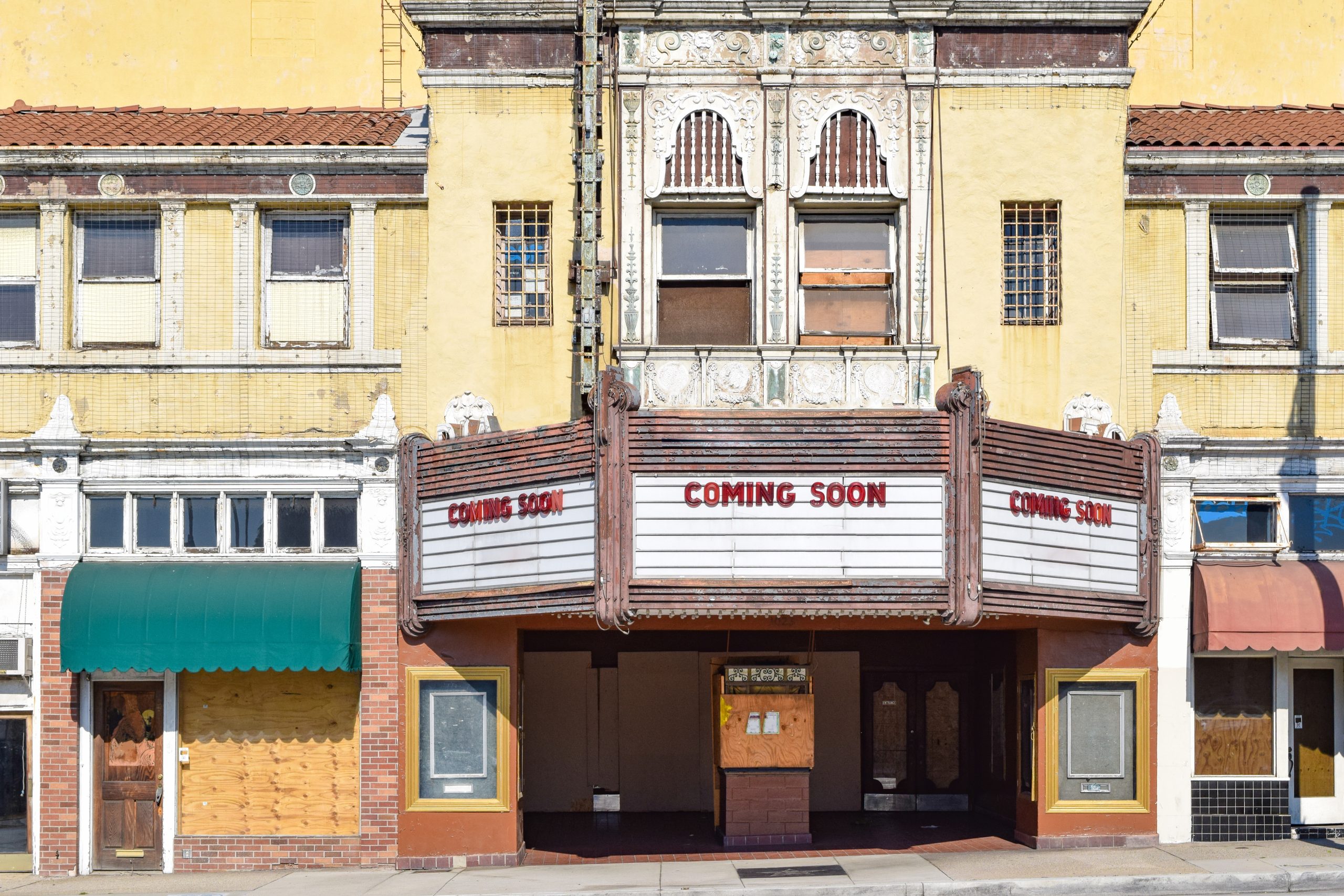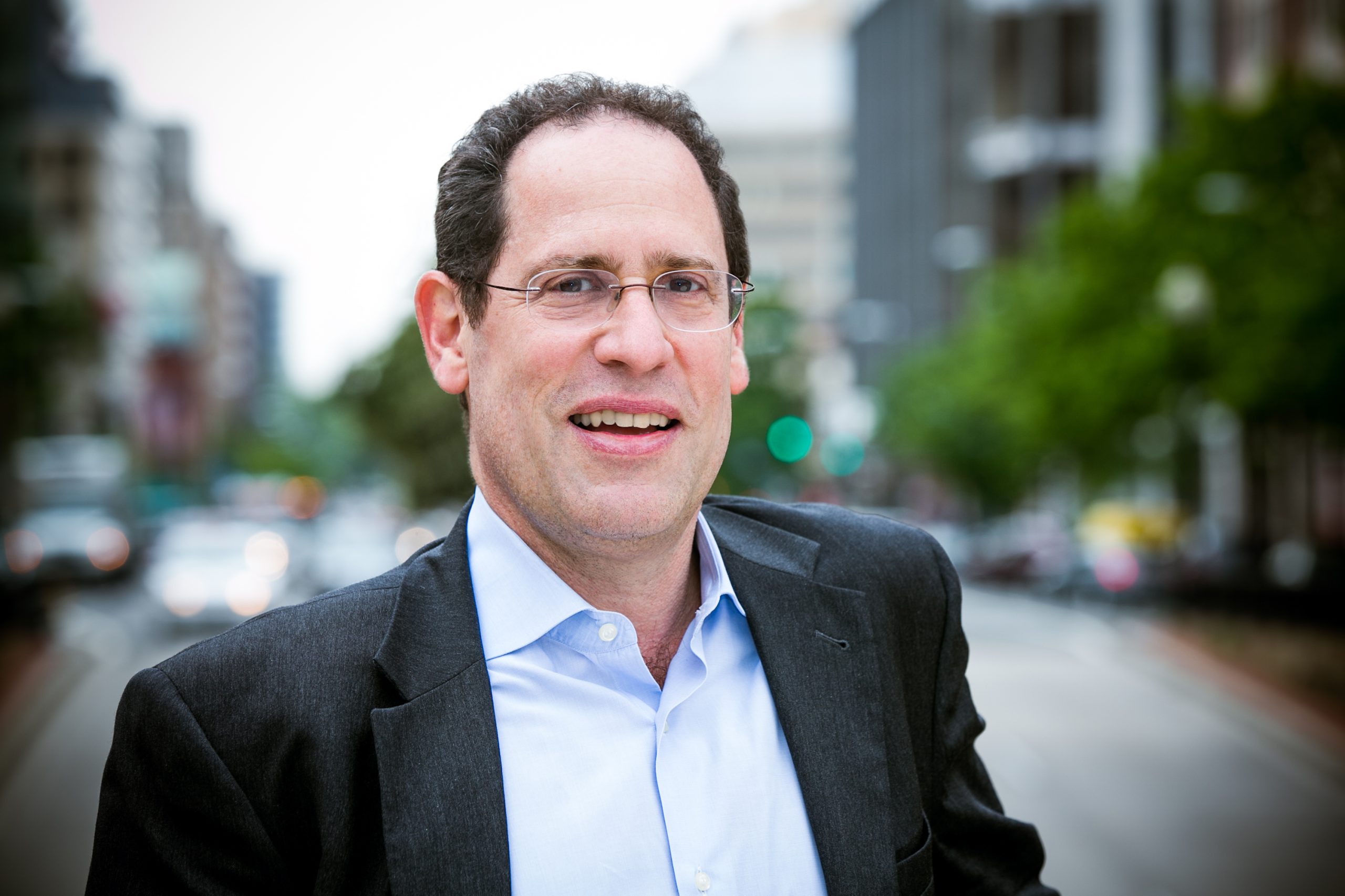

 This article is brough to you by Bruce Katz, Founding Director of the Nowak Metro Finance Lab at Drexel University (Twitter, LinkedIn) and Mary Ellen Wiederwohl, CEO of Accelerator for America (LinkedIn). Content has been adapted for ELGL by Chelsea Gaylord, Graduate Research Analyst at the Nowak Metro Finance Lab (Twitter, LinkedIn).
This article is brough to you by Bruce Katz, Founding Director of the Nowak Metro Finance Lab at Drexel University (Twitter, LinkedIn) and Mary Ellen Wiederwohl, CEO of Accelerator for America (LinkedIn). Content has been adapted for ELGL by Chelsea Gaylord, Graduate Research Analyst at the Nowak Metro Finance Lab (Twitter, LinkedIn).
As we emerge from the COVID-19 pandemic, it is clear that the economic storm is not over. In fact, it is becoming increasingly clear to us that cities are entering a period of deep economic uncertainty and adjustment. The pandemic and other forces have accelerated disruptive dynamics and furthered racial inequities, and against a backdrop of generations of structural racism, low-income neighborhoods now face a series of super-sized challenges that radically affect their current and future states.
Over the past two years, low-income neighborhoods have experienced disproportionate health impacts, disparities in small business aid distribution, and inadequate schooling and digital access for students during shutdowns. Shifts in property ownership towards private, institutional investors are altering the landscape for entrepreneurs and homeowners, especially for Black and Latino-owned small businesses and communities of color. Despite positive signs of growth, minority-owned businesses remain overly concentrated in low-wage, low-growth sectors and access to quality funding remains a persistent barrier.
These and other dynamics make our message to city leaders and economic developers clear: unless major structural changes are made at all levels of government and across sectors, the nation runs the risk of a lost decade – one with racial wealth disparities that are greater and neighborhoods that are worse off than the period that preceded the pandemic. Kenan Fikri of Economic Innovation Group recently put it well: “It’s almost a hard and fast rule of modern economic growth that absent intentionality to the contrary, it will bypass the places that need it most.”
In the face of these structural challenges, the federal government and some of the largest private and civic institutions in the country have made unprecedented investments, commitments, and policy changes. Resources from the $1.9 trillion American Rescue Plan and $1.2 trillion Infrastructure Investment and Jobs Act have the potential to remake the American economy and reshape the physical landscape of communities. The equity commitments made by the Biden Administration as well as leading banks, corporations, universities and philanthropies have potential for positive change in the short term and new systemic approaches for the long haul.
Communities need a new path forward, both to respond to the challenges that they face and to take advantage of the abundant funding dangled before them. To that end, our recently released paper, Averting a Lost Decade: Rethinking an Inclusive Recovery for Disadvantaged Neighborhoods lays out a path toward an inclusive recovery, capturing seven kinds of interventions that cities are experimenting with that, if successful, should be adopted and adapted across the country. Our definition of an “inclusive recovery” focuses on upgrading skills, raising incomes, catalyzing revitalization and building wealth through the scaled ownership of homes and the formation of businesses. These areas of focus represent a marked departure from traditional neighborhood redevelopment approaches, which have tended to focus narrowly and disproportionately on the production and preservation of affordable rental housing.
Our seven interventions, along with cities engaged in the work, are highlighted below.
- Develop Investment Playbooks: Playbooks identify, prioritize, and cost out 15-20 concrete projects in defined, targeted areas such as downtowns or commercial corridors. This enables cities to match local priorities to federal resources and leverage private and civic capital. Cities like Buffalo, Dayton, and Erie are using this new tool to help them maximize access to and deployment of federal resources.
- Pursue Game Changing Investments: These investments generally involve the renovation of iconic, historic properties (such as former rail stations, former banks, or former industrial facilities), the leverage of existing anchor institutions, or the blending of infrastructure investments in a defined area. Birmingham, Cleveland, and Greensboro are establishing new “centers of gravity” in communities that have mostly lost economic relevance over multiple decades.
- Expand Local Ownership: Cities such as Akron, Cincinnati, and Philadelphia are using the purchase of land, housing and commercial properties to set the stage for scaled homeownership and corridor initiatives that could enable residents to benefit from economic revitalization of their communities.
- Drive a Surge in Workforce Diversity: Expanded federal spending on infrastructure and advanced industries means a higher demand for skilled labor. Many cities, counties, and states are pursuing sector-based efforts to upgrade skills and raise incomes through deliberate networks of private employers, unions, high schools, community colleges, universities, and private and non-profit training partners.
- Drive a Surge in Supplier Diversity: Cities such as Chicago, Kansas City, Los Angeles, and San Antonio are using the procurement power of their infrastructure agencies and anchor institutions to grow Black- and Latino-owned businesses that can design, engineer, construct, maintain, and finance next generation projects.
- Create Innovative Funds and Products: A range of cities are innovating, sometimes with their states, to construct new funding tools and opportunities for the diverse needs of entrepreneurs such as surety bonds and revenue-based financing for minority-owned businesses.
- Modernize Urban Institutions and Networks: History teaches us that crises lead to institutional transformations. Dayton and Louisville have established “Stimulus Command Centers” to drive coordination and cumulative impact across fragmented federal programs. Tulsa is merging existing public authorities into one powerful entity that can use publicly held assets to drive redevelopment in the near term and generate revenues for long-term reinvestment in disadvantaged neighborhoods.
Cities have the right mix of civic agency and network power to navigate this uncertain period. They will need all of their assets and attributes to address the challenges that will undoubtedly face their lowest income neighborhoods. Simply repeating what has been done in the past will not be sufficient to address what is coming. While the examples above are not the full sum of what is happening or what needs to happen in the United States, they provide a powerful snapshot of the different strategies that could make up radically different post-pandemic approaches to city building and neighborhood revitalization.
The full text of our paper can be downloaded for free here. We welcome all comments and criticisms on Averting a Lost Decade and building strategies and responses that can drive a truly inclusive recovery.
